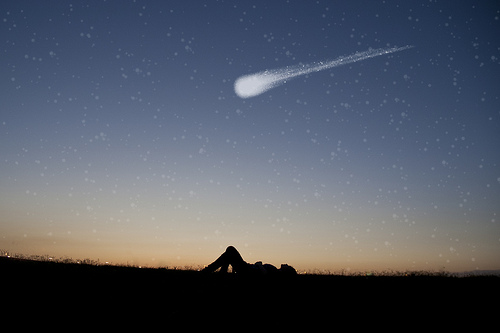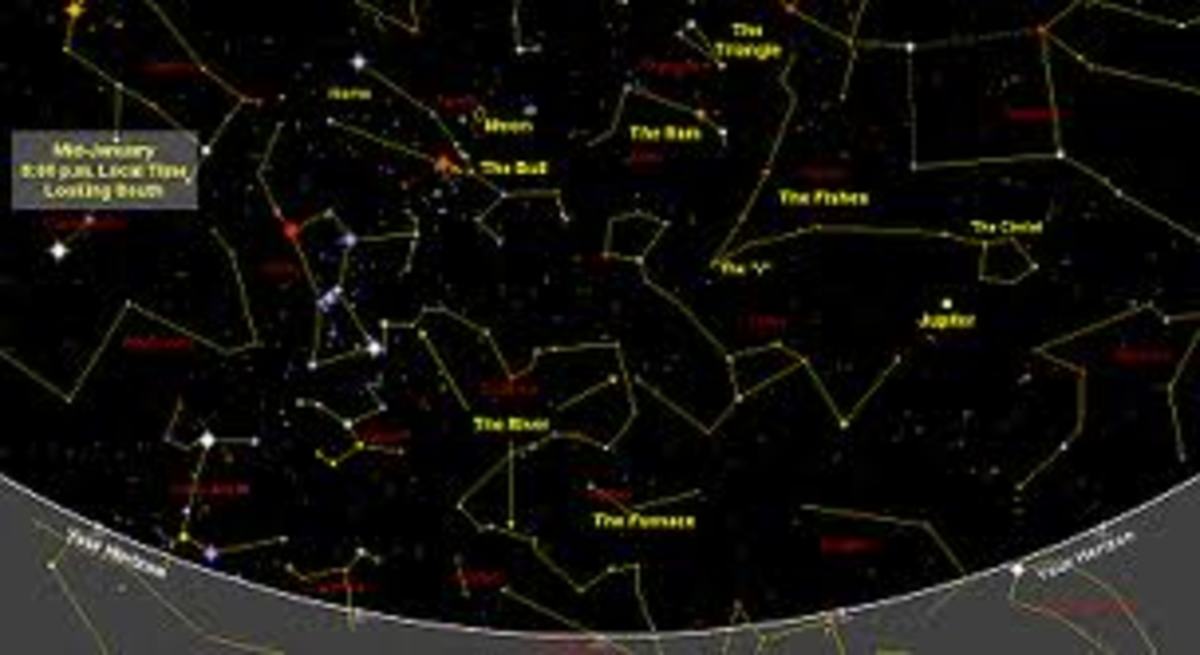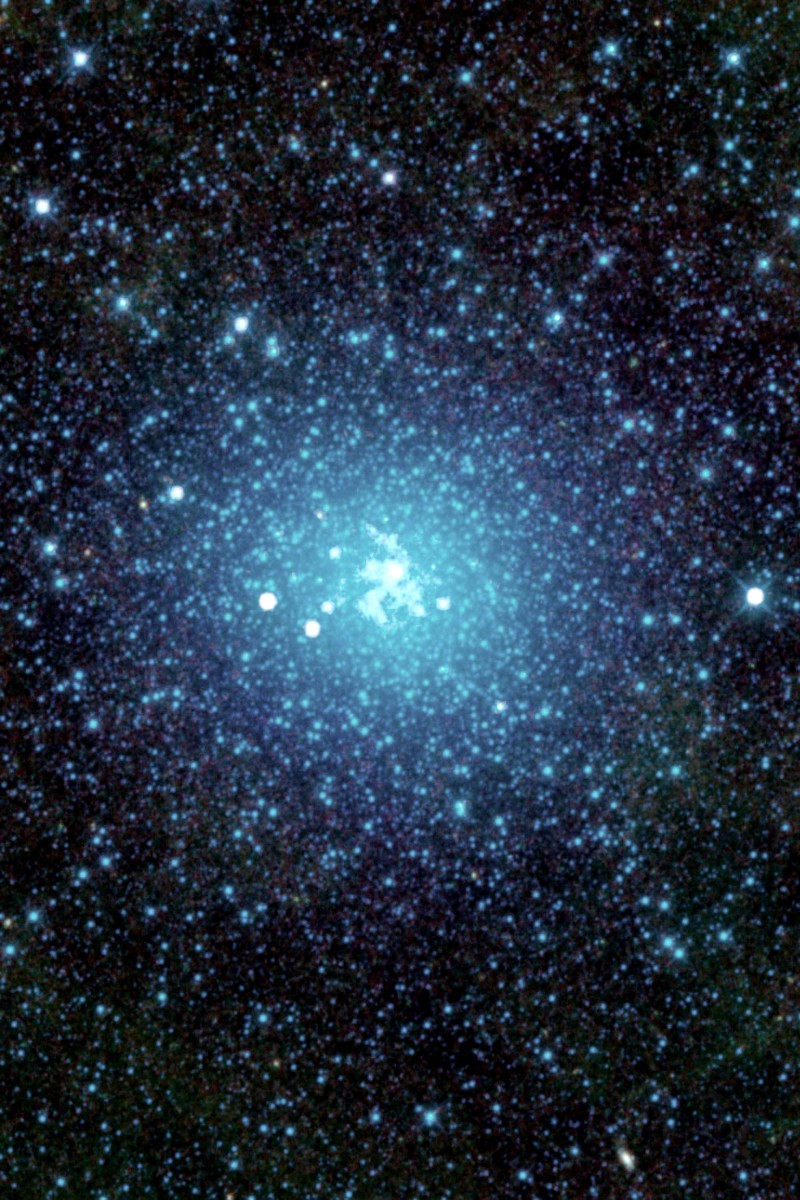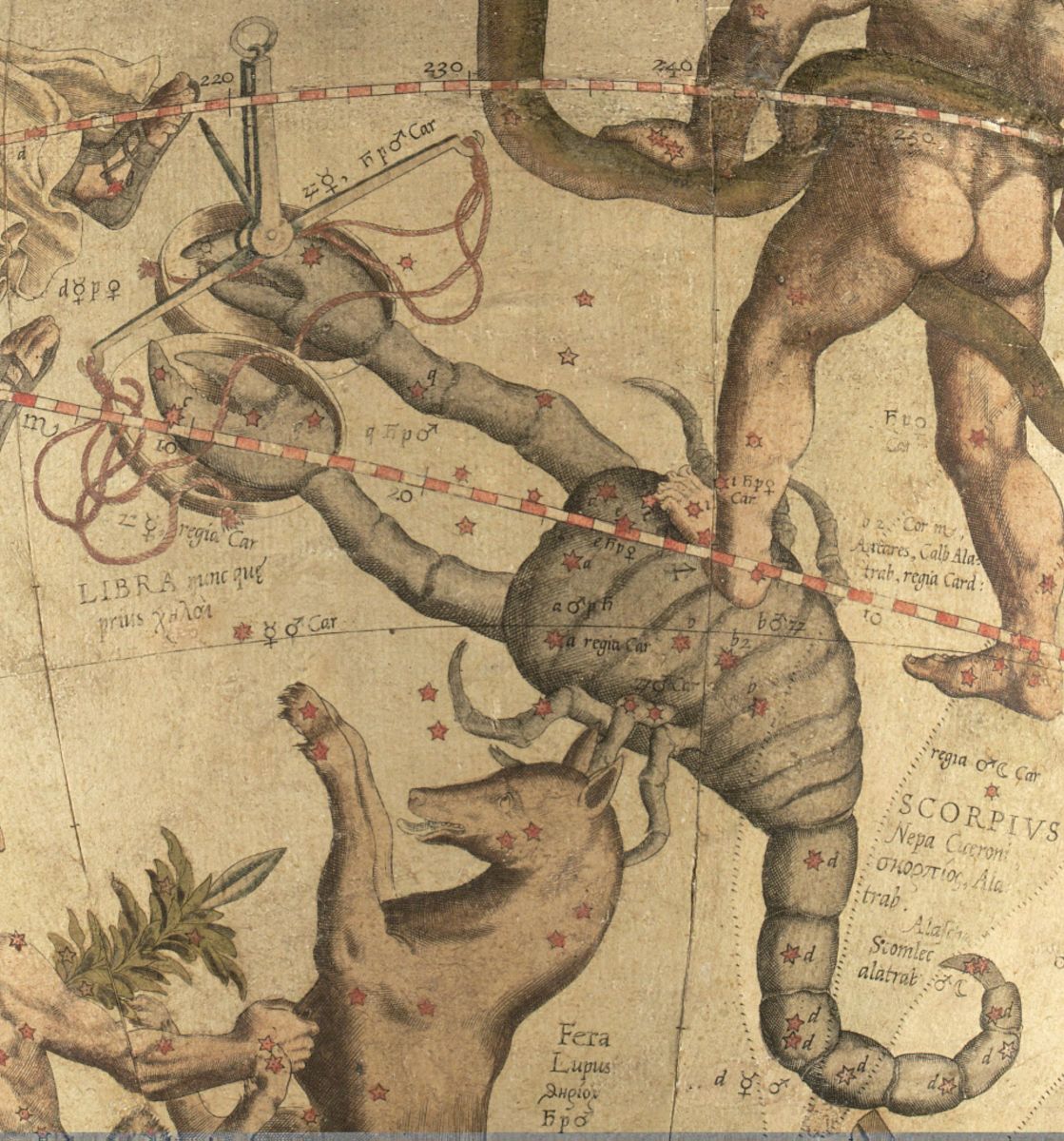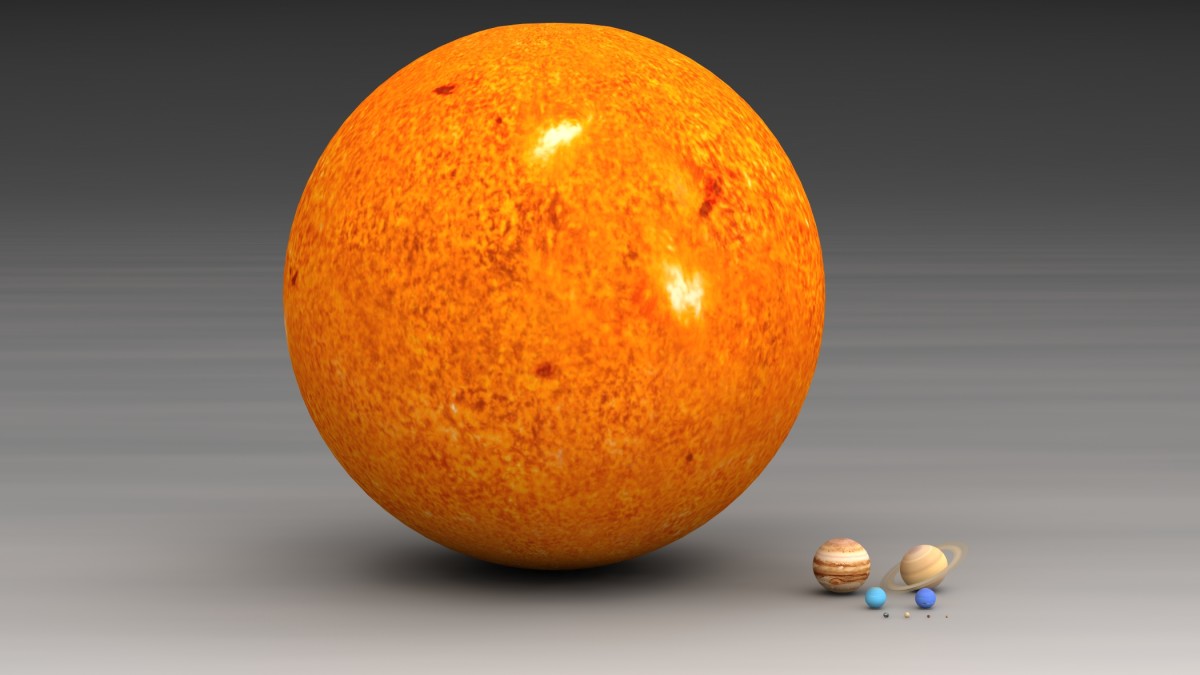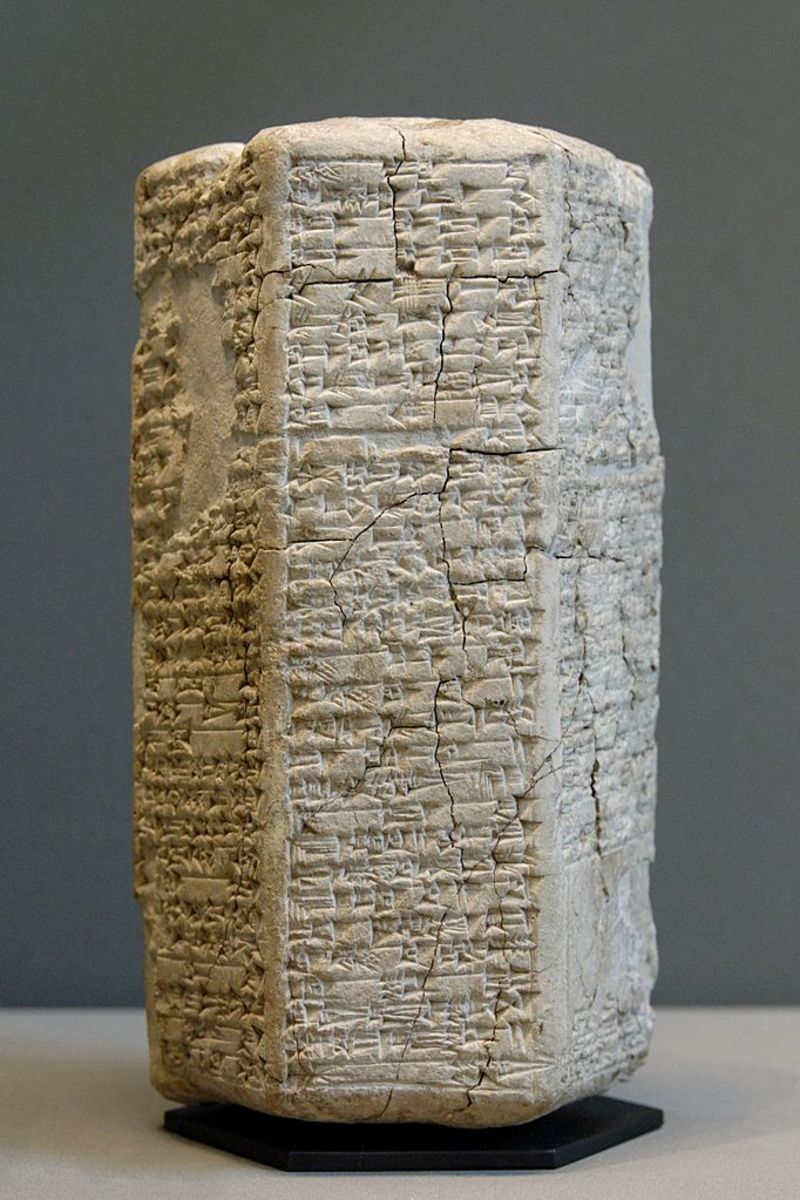Observing The Annual Perseid Meteor Shower
Perseid Meteor Shower Educational Video
Where To Look
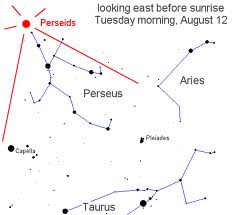
Time Elapsed Photo of Perseid meteors.
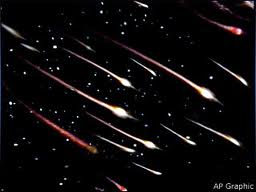
What Is The Perseid Meteor Shower?
Every year, almost like clockwork, the infamous Perseid meteor shower, known for its spectacular meteorite shower display of over sixty bright meteors per hour; can be seen lighting up our night time skies. Mother nature will put on her own fabulous fireworks display during the month of August 2015.
So gear up and find a dark, u obscured location where you can enjoy this spectacular show. Raining down from the heavens in mid- August, beginning with Tuesday evening, the 11th of August through Friday, August 14th. Countless bits of meteoritic debris left as a result of comet Swift-Tuttle, will dazzle you at the least.
This cosmic heavenly event, will be unfolding amidst the stars and constellations above us. In particular the constellation Perseus, which is the focal point or radiant , where one will see the most meteors, emanating from that area of the northeastern sky, is where you should concentrate to catch the meteor show. Near the constellation Perseus, you will also be able to see, a dense cluster of stars close by. This hazy patch of stars is called the Pleiades or the seven sisters. Because you will note, with a good pair of binoculars, that there will be seven distinguishable blue white stars. These seven discernible stars form the Pleiades star cluster.
And since the weather for this years Perseus meteor show, calls for a clear moon less night. It will make viewing conditions all that more favorable. Added to the fact, that you are observing the Perseus away from the glare of any nearby city lights. With the approaching week coming fast, this is a once a year opportunity, to grab a lounge chair, some bug repellant, and a hot cup of coffee. And of course sit back relax, and let Mother Nature do the rest.
The best time to begin to view the perseids will be from about midnight until the wee hours of the morning. However low in the northeastern sky, one will still be able to observe some meteors shooting across the early evening sky before the big hand reaches twelve. These pre-morning meteors if you will, are given the name crop grazers. And since the moon will be new. It will be relatively easy for one to catch a glimpse of a few of these crop grazers.
Later as the night progresses - closer to 12:00 a.m., one will be able to witness an increase in the amount of meteors and fireballs exiting from the Northeast region of the sky. This area is where the constellation Perseus lies high overhead at this time. And as viewed from observers based in the Northern Hemisphere. The Perseid meteor shower hence received its name from this point or radiant in the sky, where the most numerous amounts of meteors will be observed with the naked eye, as previously mentioned - radiating from the constellation Perseus.
As the wee morning hours unfold, mainly closer to 2:00-3:00 A.M. this is where a number upward of forty to as many as sixty to eighty meteors can be viewed blazing across the mid-summer sky. Simply stated-The perseid meteor shower is by far the most productive and most famous of all of the yearly meteor showers.
This particular meteor shower, as previously mentioned,is also the bi-product of the Swift-Tuttle. The comet named after that particular comet, which orbit, brings itself closer to our own sun, as it makes it's trip around our solar system. So every time during mid-August of following years, one will continue to view the perseids indefinitely. Dust and other debris from comet Swift - Tuttle, Will continue to fascinate ground based observers. Haley,s comet for example is associated with, or a bi- product if you will, of the Orionid meteor shower.
These comets - Swift - Tuttle and Hailey's for example, stray to beyond the edge of our solar system and can be found in a far off location called the Oort Cloud. So when these comets leave the area of the Oort cloud and stray in closer to our sun and inner solar system. The earth as a result, can end up traveling through the trail of dust related with the comet, causing the meteor shower.
The perseid meteor shower will peak during the early morning hours of Thursday August 13th; as earth passes through the debris cloud associated with comet Swift-Tuttle. Also keep in mind two factors that could make observing this meteor shower, less desirable. One problem, will be the chance of an isolated thunderstorm, or rain shower passing through your area, during any evening, between the 11Th and 14th of this month, 2015.
On yet a separate note, is that you can begin observing the perseid meteors as early as August 6th to the 8th. Falling stars, actually called meteors, can be seen during midnight and after one week before, until one week after the peak of the perseid meteor shower.
One will be able to see more meteors as previously mentioned, closer to the morning hours of these nights. The reason for this is because earth will be entering into the heart of the debris field; left from this meteor showers parent comet at about this time of the month And every month in August of the following year. Also do not forget to let your eyes adjust to the night sky for at least ten minutes before scanning the north, northeast skies with your naked eye prior to the Perseid meteor sky show.
If you are not familiar with the constellations, than I also recommend a good star atlas or chart. You can find online or at your local library. Once you study the evening sky a few nights before the big event on the 13th, you will have had some practice and a much better idea of what the surrounding constellations look like, around the area where the constellation Perseus is located.
Then when you go to look for the constellation perseus, it will for the most part, stick out like a sore thumb. Keep your eyes trained on this region of the sky. Also one final note - I wanted to mention that even though the majority of the perseid meteors originate from the northeast sky.
You should be able to see a good number of meteors radiating out and away from other areas of the night time sky as well. These streamer, or lone traveling meteorites are also related to the perseid meteor shower. And don't forget if you are a true night owl, then you might even catch a crop grazer, mentioned earlier in the article. Leaving a fiery trail in the pre-dawn sky.
Observing meteor showers throughout the year can be a great way to spend some quality time with friends and family and can make some for some great conversation, particularly around the camp fire. Also make sure that you are a good distance away from any light pollution.
If you are not that close to a nearby stretch, close to the ocean or bay. Than try going to a local park, or simply take a drive out into the country away from city lights. Don't forget to bring a good bug spray or repellant and some lawn or beach chairs. Then sit back, relax and enjoy one of the greatest spectacles in the universe, and maybe even on planet earth.
Perseid Meteor Shower-August 11th to the 14th 2015
